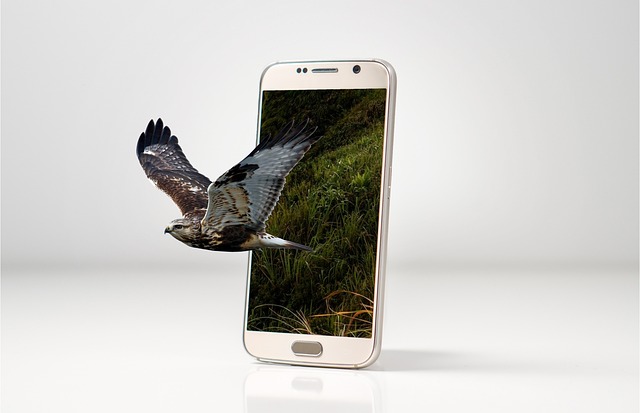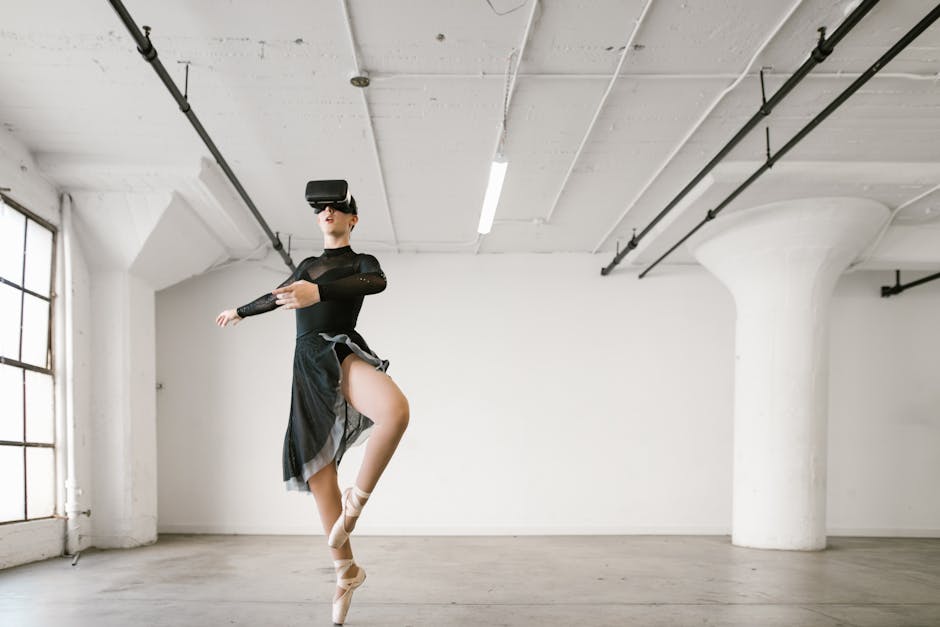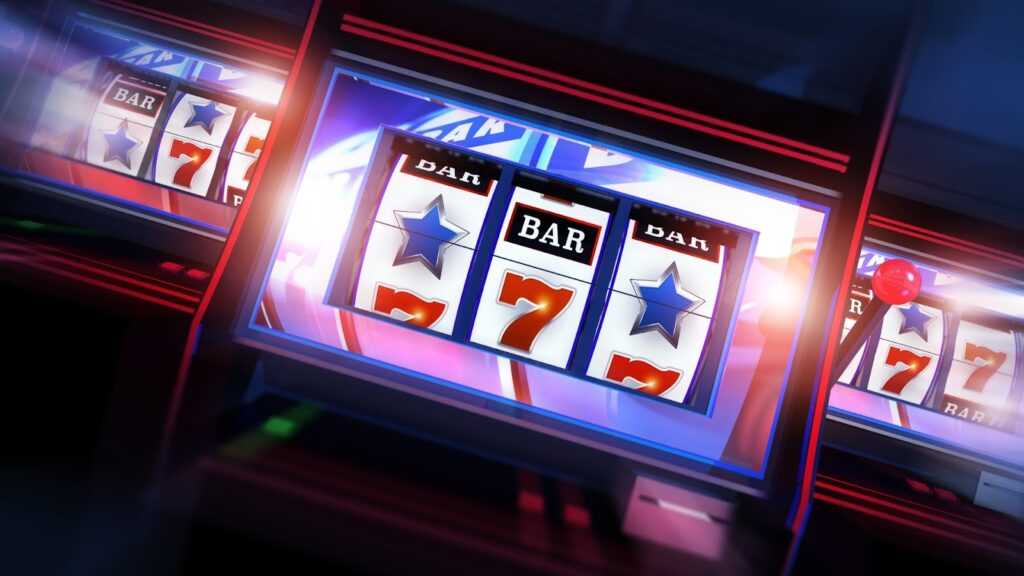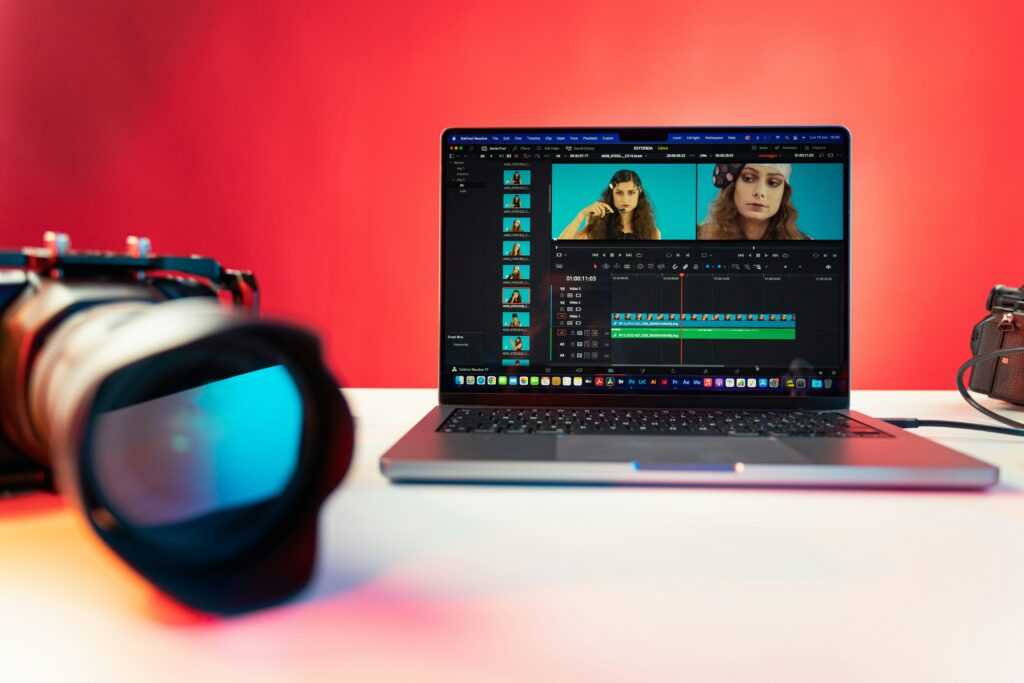What Artists Are Doing Differently Now
The age of painting on canvas isn’t over but it’s evolving. Artists today are building entire worlds, not just pictures. What used to be a few brushstrokes on a static surface is now an immersive, 360 degree environment that pulls viewers inside the story. Virtual reality isn’t replacing traditional art it’s expanding what’s possible.
VR tools have turned the digital studio into something closer to a lucid dream. Artists can sculpt in mid air, paint light across space, and weave sound into motion. You’re not showing someone an image you’re letting them walk through it, touch it, hear it respond. These aren’t galleries you stroll past. They’re realms you explore.
This shift is about breaking boundaries of dimension, of medium, and of sensory experience. When an artist can add ambient sound, surround detail, and reactive visuals, the work becomes more than visual. It becomes something you feel with your whole body. That’s not just evolution. It’s a different species of creativity.
The New Gallery Is Headset Ready
Virtual exhibitions have erased borders and rent checks in one sweep. Artists can now display work to a global audience without flying it across the world or shelling out for gallery space. With platforms like Spatial, Art Gate, and even custom built environments in VRChat, exhibitions can pop up overnight and stay live 24/7.
It’s not just artists adapting. Curators and institutions are trialing virtual walk throughs, interactive installations, and avatar led openings. The goal isn’t to copy the physical gallery it’s to reinvent it. Some museums are rebuilding their spaces in VR. Others are going abstract, playing with scale and surrealism to match the medium. Think giant floating sculptures or rooms that pulse with the visitor’s gaze.
The bottom line: in VR, curation is no longer limited by space, cost, or geography. It’s limited only by imagination and decent internet.
How VR Is Changing the Creative Process

Forget the sketchpad. Artists are now drawing in air literally thanks to VR. What once started with charcoal or a stylus now begins with virtual brushes, layered depth, and 3D movement. Sculpting doesn’t require clay anymore; it needs a headset and a vision.
With real time VR collaboration, artists from Tokyo and Toronto can co create in the same digital studio, seeing changes unfold live. The distance vanishes. Creative input is immediate. Feedback becomes fluid.
And when it comes to experimentation, VR introduces a whole new playground. Trial and error don’t carry the same risk. You can undo, reshape, rebuild without wasting materials or time. It’s fast, forgiving, and endlessly flexible. Artists are failing faster, which means they’re discovering more, sooner.
Read more on VR in digital art
Why Audience Experience Hits Harder in VR
What happens when you stop just viewing art and start living inside it? That’s what VR is doing to the audience experience. It’s not just about looking anymore it’s about feeling. When someone steps into a virtual rendering of an artwork, it’s no longer a passive moment; it’s a full body shift in perspective. You walk in the artist’s world, not just their brushwork. That kind of empathy doesn’t land through a screen it hits when you’re surrounded by it.
Good VR art doesn’t sit still. It reacts. Some installations change based on where you move. Others morph depending on what you look at, or how long you stay. These aren’t gimmicks they’re tools like shadow, light, or texture used to pull the observer deeper in. Participatory storytelling where viewers are part of the narrative arc makes the whole thing stick long after the headset comes off.
Immersion isn’t just a buzzword here. It’s the moment a piece doesn’t feel created for you it feels created around you. When art becomes a world instead of a wall, the audience doesn’t just observe. They engage, they feel, and more importantly they remember.
What This Means for the Future of Art
VR isn’t just another tool it’s a whole new medium. It’s like photography arriving in a world used to oil paint. The rules are different. Your canvas has no edges. Time and movement are elements you can sculpt. For artists, that means fewer limitations and a lot more responsibility to think spatially and interactively.
Educators are catching on. Art schools and programs are integrating VR into their curriculum, not as a side elective but as a core skill. Young artists are now learning to think in 3D, design for immersion, and collaborate across virtual spaces. It’s not just future proofing it’s shaping a new artistic language.
Then there’s the business end. VR art doesn’t need to hang on walls. It’s being sold as NFTs, displayed in virtual galleries, and auctioned through blockchain platforms. Artists are building direct relationships with collectors and fans, skipping the middleman and bringing their audiences inside the work itself.
None of this is theory it’s already happening. For a deeper look, check out Explore deeper insights on VR in digital art.

 Justin Langer is a key contributor at Info Wave Circle, known for his insightful articles and creative approach to technology and societal issues. With a deep passion for innovation and a knack for storytelling, Justin plays a crucial role in communicating the vision and achievements of Info Wave Circle to a broader audience.
Since joining the team, Justin has been instrumental in crafting compelling content that highlights the transformative potential of technology. His work not only informs but also inspires the Info Wave Circle community and beyond. Justin’s dedication to exploring new ideas and his ability to convey complex concepts in an engaging manner make him an invaluable asset to the organization’s mission of fostering innovation and societal progress.
Justin Langer is a key contributor at Info Wave Circle, known for his insightful articles and creative approach to technology and societal issues. With a deep passion for innovation and a knack for storytelling, Justin plays a crucial role in communicating the vision and achievements of Info Wave Circle to a broader audience.
Since joining the team, Justin has been instrumental in crafting compelling content that highlights the transformative potential of technology. His work not only informs but also inspires the Info Wave Circle community and beyond. Justin’s dedication to exploring new ideas and his ability to convey complex concepts in an engaging manner make him an invaluable asset to the organization’s mission of fostering innovation and societal progress.
